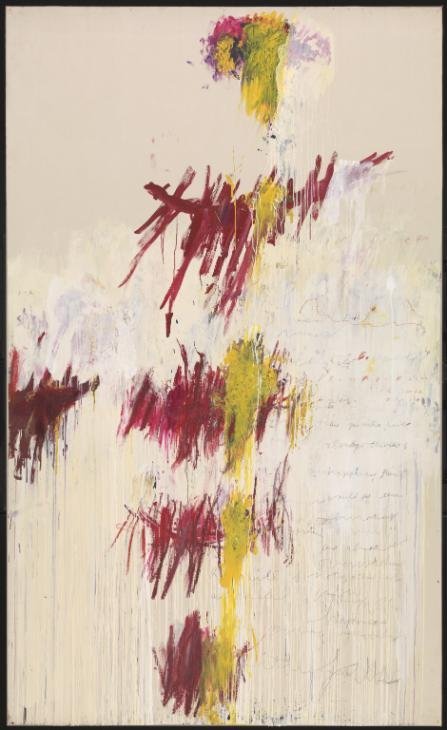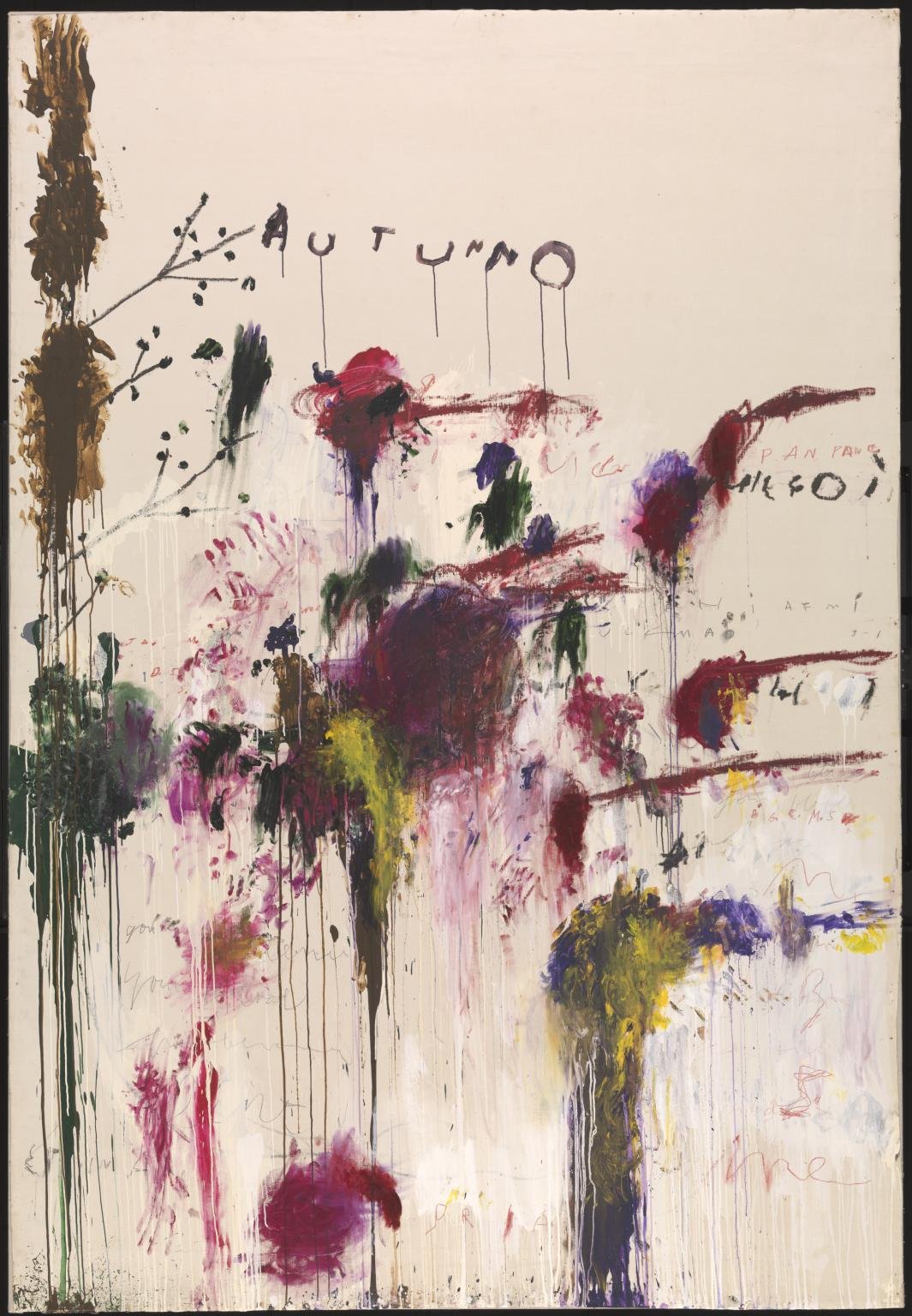Freeing Time
All powers first establish themselves over us by determining the rhythm and tempo of our lives. This is to say, in other words, that power can only rule, discipline, normalize, and optimize our lives if it succeeds in ruling, disciplining, normalizing, and optimizing the rhythm and tempo of our lives.
It follows from this that countering the powers that effectively determine the rhythm and tempo of our lives is decisive to countering any and all powers.
This week’s dispatch examines the making of a Gregorian calendar year, casting it as the making of a statement that facilitates the exercise of ruling and disciplinary powers. The dispatch then proceeds to sketch the beginnings of an approach to deconstructing the Gregorian calendar year and to (re-)constructing alternative statements regarding the passage of time.
This dispatch will be the first of many dispatches that will explore efforts to (de-/re-)construct statements, implements, and environments in order to free time from powers that work to administer and supervise time.
In order to begin to articulate how it is that power determines the rhythm and tempo of our lives, I will need to briefly recap the definitions of power from my last dispatch, revising the definitions so as to make them specific to the ways in which power determines rhythms and tempos.
A ruling power first endeavors to create definite and unambiguous distinctions between different rhythms and tempos. Having made this distinction, the power then endeavors to give certain rhythms and tempos priority over others. For instance, a power ruling over music-making might contrive to create definite and unambiguous distinctions between straight time and swing time in order to prioritize one over the other. To do this, a ruling power will need to inhibit the making of music in which ambiguities between swing time and straight time arise.
A disciplinary power first endeavors to create definite and unambiguous distinctions between the variations on a given rhythm and tempo that are stereotypical and those that are atypical. Having made this distinction, the power then endeavors to promote conformity with with the stereotypical over the atypical. For instance, a power that disciplines music-making might contrive to stereotype swing time by claiming that one particular variation on swing time is the stereotypical norm and that all others are atypical deviations. To do this, a ruling power will need to inhibit the making of music in which there are ambiguities between the variations that fit the stereotypical norm and the variations that are atypical for deviating from the norm.
A normalizing power first endeavors to create definite and unambiguous distinctions between the variations on a given rhythm and tempo that fall within a normal distribution and the variations that are outliers. Having made this distincion, the power then endeavors to exclude the latter, the outliers, from considerations and calculations. For instance, a power that normalizes music-making might contrive to exclude “outlying” variations on swing time from any and all compilations and curricula of swing music. To do this, a normalizing power will need to inhibit the making of music in which there are ambiguities between the variations on swing time that fall within the normal distribution and the variations that are outliers.
An optimizing power endeavors to create definite and unambiguous distinctions between the aspects of a variation that are confounding variables that must be controlled and the aspects of a variation that may be subject to varied interventions. For instance, a power that optimizes music-making might contrive to produce records with the optimal amount of swing. Such an optimizing power might have a drummer maintain a certain hi-hat figure, “ti-tshhh-SH”, while otherwise allowing musicians to vary their playing however they want. Such a power will then ask audiences to rank which variations achieve the “most satisfying” swing while the hi-hat figure holds steady. The power will then try to optimize the production of music that swings by selecting for the hi-hat figure and then supplementing the hi-hat figure with variations that scored “most satisfying” on the audience survey. In order to work, such an optimizing power must inhibit the making of music in which all aspects of swing time are allowed to vary freely: optimization always requires that at least one aspect be fixed while other aspects vary freely—the fixed aspect in this instance being the hi-hat figure. All this is to say, in other words, that optimization inhibits free improvisation in order to prevent there being any ambiguity between what is controlled and what is allowed to vary.
To further illustrate the workings of power over time, let us examine the makings of a Gregorian calendar year.
The stereotypical 365-day year that appears on the Gregorian calendar is part and parcel of the exercise of a disciplinary power over the rhythm and tempo of our lives. In nature, no year has ever been 365 days long, but every Gregorian calendar year is supposed to conform to the stereotypical 365-day measure, with the exception of leap years which are supposed to conform to the 366-day measure. Technically, the “mean solar year” is approximately 365 days, 5 hours, 48 minutes, 45 seconds. But the mean solar year is, itself, only a statistical average which will vary depending on how many years and which years are taken into account in one’s survey. Given the right survey sample, the mean solar year may very well be calculated at 365 days, 5 hours, 48 minutes, and 44 seconds rather that 43 seconds. This is to say, in other words, that the mean solar year is also a product of power, but a normalizing power rather than a disciplinary power.
Going further, we must also note that the prioritization of the solar year by the Gregorian calendar is, itself, the result of ruling powers that have determined that the solar year ought to take priority over the lunar year. No doubt, there have been and still are alternative ruling powers that would prioritize the lunar year over the solar year, and there are normalizing powers that would calculate the mean lunar year, consisting of twelve lunar cycles, to be approximately 354 days, 8 hours, 48 minutes, 34 seconds, 11 to 12 days shorter than the solar year. What's more, there are disciplinary powers that would make the lunar year conform to a stereotypical 354 days and 355 days.
Going further still, we can imagine alternatives to the solar and lunar years. For instance, we can imagine a culture in which the first day of the new year is determined by an event in a plant’s life cycle: e.g., the day that a certain tree drops its last leaf. Or we can imagine a culture in which the first day of the new year is determined by an event in an animal’s life cycle: the day that a sacred animal goes into hibernation or returns from their migration. Or we can imagine a culture in which the first day of the new year is determined by an event in an elemental cycle: e.g., the first day that a certain lake freezes over every year. Each of these cultures, if they were burdened with normalizing powers, would have different “mean years” of different lengths.
We have yet to speak of optimizing powers with respect to the calendar year because, luckily for us, optimizing powers have not taken to determining the length of our calendar years. Indulge me, if you will, and imagine an optimizing power having determined that the first day of the new year will be the mean day on which a select species of tree drops its last leaf. Such an optimizing power would generate controls and devices to intervene in the life cycle of the select species of tree in order to optimize the “mean tree year”. These devices might work to ensure, for instance, that the mean tree year is never shorter than the mean lunar year and never longer than the mean solar year but, rather, always within a range between the mean lunar and the mean solar year that has been determined to be “optimal”.
The makings of statements, implements, and environments are the makings of worlds. The making of a Gregorian calendar year is the making of a statement that serves both to rule and to discipline the passage of time, serving alongside corresponding implements (e.g., clocks and watches that display and function according to the dates of the Gregorian calendar) and serving alongside corresponding environments (e.g., city squares and workplaces that are built around features, like clock towers, that display and function according to the dates of the Gregorian calendar). This is to say, in other words, that the Gregorian calendar is a statement that can, with the aid of corresponding implements and environments, make for a world in which (i) the solar year reigns supreme and (ii) the solar year is made to conform to the 365-day base year and the 366-day leap year.
A primary world-making task of the (De-/Re-)Constructing Worlds project is the task of countering the ruling and disciplinary powers facilitated by the statements that we make with our calendars. Posed as a question, the project asks, “How can we work with each other to deconstruct our calendars and to (re-)construct alternative statements regarding the passage of time so that we may free time from the powers that work administer and supervise time?”
For a start, I propose that we should never take it for granted that the transition from one year to the next takes place the moment that a clock strikes midnight on a given day. Instead, I propose that the transition from one year to the next always takes place over a greater or lesser interval of time, often spanning several days, and that this interval roughly traverses a decisive set of pivotal events pertaining to the cycle of the sun (e.g., the solstice that initiates the waxing of the days), the cycle of the moon (e.g., the first new moon following the solstice), the cycles of plant life (e.g., the complete shedding of leaves by a certain species of tree), the cycles of animal life (e.g., the arrival or departure of a migratory bird), the cycles of fungal life (e.g., the sprouting of the mushroom of a certain species of fungus), and the cycles of the elements (e.g., the freezing over of a lake). In other words, the transition from one year to the next need not be determined by any single pivotal event but, instead, the transition could be said to begin with the occurrence of any one pivotal event belonging to a decisive set of pivotal events, and the transition could be said to end after a critical mass of pivotal events belonging to that decisive set have come to pass.
The problem, then, is how to (re-)construct meaningful statements that (i) articulate a decisive set of pivotal events that initiate and further the transition to a new year and (ii) articulate the critical mass of events needed to complete the transition to a new year. The significant difficulty in this regard is that the decisive set of pivotal events can and should differ in different bioregions. The same or similar pivotal events in the cycles of the sun and the moon will be decisive in just about every bioregion, yes, but a wildly differing variety of pivotal events in the cycles of flora, fauna, fungi, and the elements will be decisive in different bioregions. Indeed, even within the same bioregion, different pivotal events in the cycles of flora, fauna, fungi and the elements can and should be decisive for the different peoples of the bioregion.
The question, then, is how do we (re-)construct alternative statements regarding the passage of time — fuzzy, indeterminate, and topological statements — that are open to so many differences? With the follow up question being, how do we (re-)construct implements and environments that correspond with these alternative statements regarding the passage of time?



